Ohio Lumex is currently developing a sorbent trap method for continuous monitoring of metal Hazardous Air Pollutants (HAP) emissions, with support from the U.S. Environmental Protection Agency (EPA) Small Business Innovation and Research (SBIR) program. In the midst of this development effort, EPA performed their Residual Risk and Technology Review and has amended the Coal & Oil EGU NESHAP commonly referred to as MATS (Mercury Air Toxics Standard). One interesting change has been a decrease in the permissible limit for filterable PM from 0.030 lb/MMBtu to 0.010 lb/MMBtu and the requirement to monitoring continuously using a PM CEM.
Traditionally, HAP Metal measurements have been tricky to obtain because the available measurement methods and equipment were cumbersome and expensive. For this reason existing coal-fired EGUs had chosen to demonstrate compliance with the non-Hg HAP metals surrogate fPM emission standard of 0.030 pounds (lb) of fPM per million British thermal units of heat input (lb/MMBtu). With the amended MATS rule, the limit is now three times lower and potentially more difficult to monitor on a continuous basis.
However, with the development of the HAP Metal Sorbent Traps we hope to change this. AND, EPA has left language in the amended MATS rule to allow for the potential use of HAP Metal CMS in lieu of PM CEMS.
The HAP Metal Sorbent Trap Method is modeled after EPA Performance Specification 12B for mercury but extended to cover a range of other metals. To read more on the method, please see this article.

In terms of the MATS rule update, the language that describes the HAP Metal CMS is very similar to the requirements of PS 12B.
The HAP Metal CMS language in this MATS update reads as follows and can be found here:
“You must demonstrate compliance through an initial performance test, and you must monitor continuous performance with the applicable filterable PM emissions limit through the use of a PM CEMS or HAP metals CMS.”
“(1) (i) Install, calibrate, operate, and maintain your HAP metals CMS according to your CMS quality control program, as described in § 63.8(d)(2). The reportable measurement output from the HAP metals CMS must be expressed in units of the applicable emissions limit (e.g., lb/MMBtu, lb/MWh) and in the form of a 30-boiler operating day rolling average.”
“(ii) Operate and maintain your HAP metals CMS according to the procedures and criteria in your site-specific performance evaluation and quality control program plan required in § 63.8(d).”
“(2) Collect HAP metals CMS hourly average output data for all boiler operating hours except as indicated in section (j)(4) of this section.”
“(3) Calculate the arithmetic 30-boiler operating day rolling average of all of the hourly average HAP metals CMS output data collected during all nonexempt boiler operating hours data.”
“(4) You must collect data using the HAP metals CMS at all times the process unit is operating and at the intervals specified in paragraph (a) of this section, except for required monitoring system quality assurance or quality control activities, and any scheduled maintenance as defined in your site-specific monitoring plan.”
“(i) You must use all the data collected during all boiler operating hours in assessing the compliance with your emission limit except: (A) Any data collected during periods of monitoring system malfunctions and repairs associated with monitoring system malfunctions. You must report any monitoring system malfunctions as deviations in your compliance reports under 40 CFR 63.10031(c) or (g) (as applicable); (B) Any data collected during periods when the monitoring system is out of control as specified in your site-specific monitoring plan, repairs associated with periods when the monitoring system is out of control, or required monitoring system quality assurance or quality control activities conducted during out-of-control periods. You must report any out of control periods as deviations in your compliance reports under 40 CFR 63.10031(c) or (g) (as applicable); (C) Any data recorded during required monitoring system quality assurance or quality control activities that temporarily interrupt the measurement of emissions (e.g., calibrations, certain audits, routine probe maintenance); and (D) Any data recorded during periods of startup or shutdown.”
“(ii) You must record and report the results of HAP metals CMS system performance audits, in accordance with 40 CFR 63.10031(k). You must also record and make available upon request the dates and duration of periods when the HAP metals CMS is out of control to completion of the corrective actions necessary to return the HAP metals CMS to operation consistent with your site-specific performance evaluation and quality control program plan.”
For more information or to participate in the field testing we have planned for these sorbent traps, please contact Alexandra.
